After Immigration and Customs Enforcement arrested a woman from Venezuela following her immigration court hearing, her friends visited her at Otay Mesa Detention Center in San Diego to help lift her spirits.
The woman, who is in her early 20s, didn’t know that she would have to strip completely naked in front of a facility guard afterward before returning to her housing unit. Capital & Main is not fully identifying her or other immigrants in this article because of concerns about retaliation.
“I cried so much because I don’t like people to see me naked, especially police,” the woman said in Spanish. “It’s one of the most humiliating things one can go through.”
It brought back bad memories. She fled Venezuela after police there persecuted her, including by gang raping her repeatedly, she said.
She asked her friends not to come back.
Generally, ICE detention standards require facility officials to have a “reasonable suspicion” of contraband before performing a strip search. The section about visitation allows a facility to conduct strip searches after contact visits without reasonable suspicion only if the facility offers a noncontact option for visits and informs detainees about the policy in a language they understand.
But according to people held at Otay Mesa, and volunteers who visit detainees there regularly, most don’t find out about the searches until after their first visit, when they’re told to strip, squat and cough.
ICE did not respond to a request for comment from Capital & Main.
Ryan Gustin, spokesperson for CoreCivic, the private prison company that runs Otay Mesa Detention Center, said the facility provides information about the strip searches in its detainee handbook, which is available in 19 languages. Gustin said CoreCivic offers contact and no-contact visit options, the latter in the form of video visits.
“We take seriously our obligation to adhere to all applicable federal detention standards in all our U.S. Immigration and Customs Enforcement contracted facilities, including Otay Mesa Detention Center,” Gustin said in an emailed statement. “All our immigration facilities operate with a significant amount of oversight and accountability, including being monitored by ICE officials on a daily basis.”
The woman left Venezuela with her siblings after threats and harassment from police became too much to withstand. She said her family faced discrimination everywhere they went in the country because of racism due to their dark complexions.
After a difficult journey north through the hemisphere, they waited in Mexico until they received appointments through a phone application called CBP One used by the Biden administration to schedule migrants to come to certain ports of entry.
Many of the woman’s friends accompanied her to her court hearing in August. When they found out she would be detained, they hugged and cried before she left the courtroom to face ICE officers.
The officers who detained her wore masks, she said. They reminded her of the police in Venezuela.
Then came the detention center, and the visit, and the strip search.
“No woman is going to think that the law itself is what is going to violate you, but that’s happened to me here and back there (in Venezuela), and it’s horrible,” the woman said.
She was one of the lucky ones — her attorney was able to get her released from the detention center in less than two weeks. But others, like a 19-year-old woman from Nicaragua, endure the search process every week for months just to get a little bit of time with their loved ones.
The young woman fled Nicaragua’s oppressive regime with her mother, and her father, who is from Guatemala, came with them to the U.S.-Mexico border. Her brother is a U.S. citizen and was living in San Diego, where he worked as a software engineer.
The Nicaraguan woman and her parents waited in Mexico until they received appointments through the CBP One phone application. The three asylum seekers stayed with her brother while they waited for their court hearings.
ICE detained her at her immigration court hearing in late July. She said she remembered crying as she said goodbye to her brother.
She spent more than 24 hours in the basement holding cell at the Edward J. Schwartz Federal Building in downtown San Diego before ICE moved her to Otay Mesa, shackled at the waist, ankles and wrists, she said. While she was in the basement, she said, she nearly fainted from a panic attack.
Days later, her brother came to visit her during her housing unit’s assigned time on Saturday. She felt happy after his visit, she recalled. Then she learned she would have to take her clothes off in front of a guard, she said. At first, she thought she would be able to leave her underwear on, but she found out that, too, would have to come off.
She felt confused and scared, but she realized she had no other option.
“I thought about telling my brother, ‘No, don’t come anymore because I don’t like doing this,’” she said in Spanish.
But she was also terrified that ICE would deport her, so she decided to go through with the visits anyway in case it was the last time that she saw her brother.
“I made a big effort to be able to see him because it feels very, very humiliating — very, very, very, very humiliating, very bad,” she said.
Her brother continued to visit every Saturday. Then, his visit came on a day that coincided with the first day of the woman’s period.
After she saw her brother, she begged the guard not to make her take her underwear off because she was bleeding heavily, and she didn’t want to get blood all over herself.
“With my bad luck, that day I had a really, really mean official who we had never had before,” she recalled.
The woman said the guard said she didn’t care. She yelled at the Nicaraguan woman to take the underwear off. Then the guard told the woman to do something no one else had made her do during a strip search. She had to spread her legs widely for the guard to inspect. She again protested, worried about the blood.
She said the guard took her ID and wrote down her information. The guard yelled again, forcing the woman to comply.
Then the guard told the woman to squat and cough, which the woman said she knew would surely lead to more blood. The woman cried.
“For about two weeks, every day I wanted to cry when I thought about it,” she recalled.
Her brother said he’s worried the experience has scarred his younger sister.
“I don’t want such a young person to have her life damaged so early on,” he said.
Before ICE detained the woman, she was in school learning English and finishing her GED certificate because she fled Nicaragua when she was still 17. With her brother’s guidance, she got her driver’s license. On weekends, the siblings went hiking and played volleyball and pickleball.
Detention made the young woman depressed in a way that her brother had never before seen in her, and it scared him. He noticed in particular how much weight she had lost.
“For the whole, entire, first two weeks, she would cry and beg to be taken home,” he recalled while his sister was still in detention. “That was difficult. It’s something that affected me a lot because there hasn’t been a single day since she was taken that I don’t feel pressure in my chest.”
“I don’t even listen to music anymore,” he added. “I don’t eat the things I like because these are the things I would do with her.”
He hired an attorney who was able to help her get out, but her father, whom ICE detained at his court hearing on the same day as hers, is still locked up.
On her first Saturday out of custody, she went back to Otay Mesa Detention Center to visit friends she made in her housing unit — and to see her dad.
One of the friends refused the visit because of the strip searches.
She said she felt tears welling up because the memories of the place came flooding back as she approached the facility. Inside, she saw some of the guards who had made life so difficult for her. They stared at her, she said.
But being able to give her friend and her father the encouragement that her brother had given her felt good, she said.
“My friend said something that I always said to my brother when he was leaving, and it was, ‘Don’t leave me here. I’m coming with you,’” she said. “And yes, it broke my heart.”
She hasn’t decided if she will keep going to the facility to visit every week. When she came home, she said, she cried again.
Copyright 2025 Capital & Main.
You can get the latest immigration news in your inbox by subscribing to Beyond the Border.
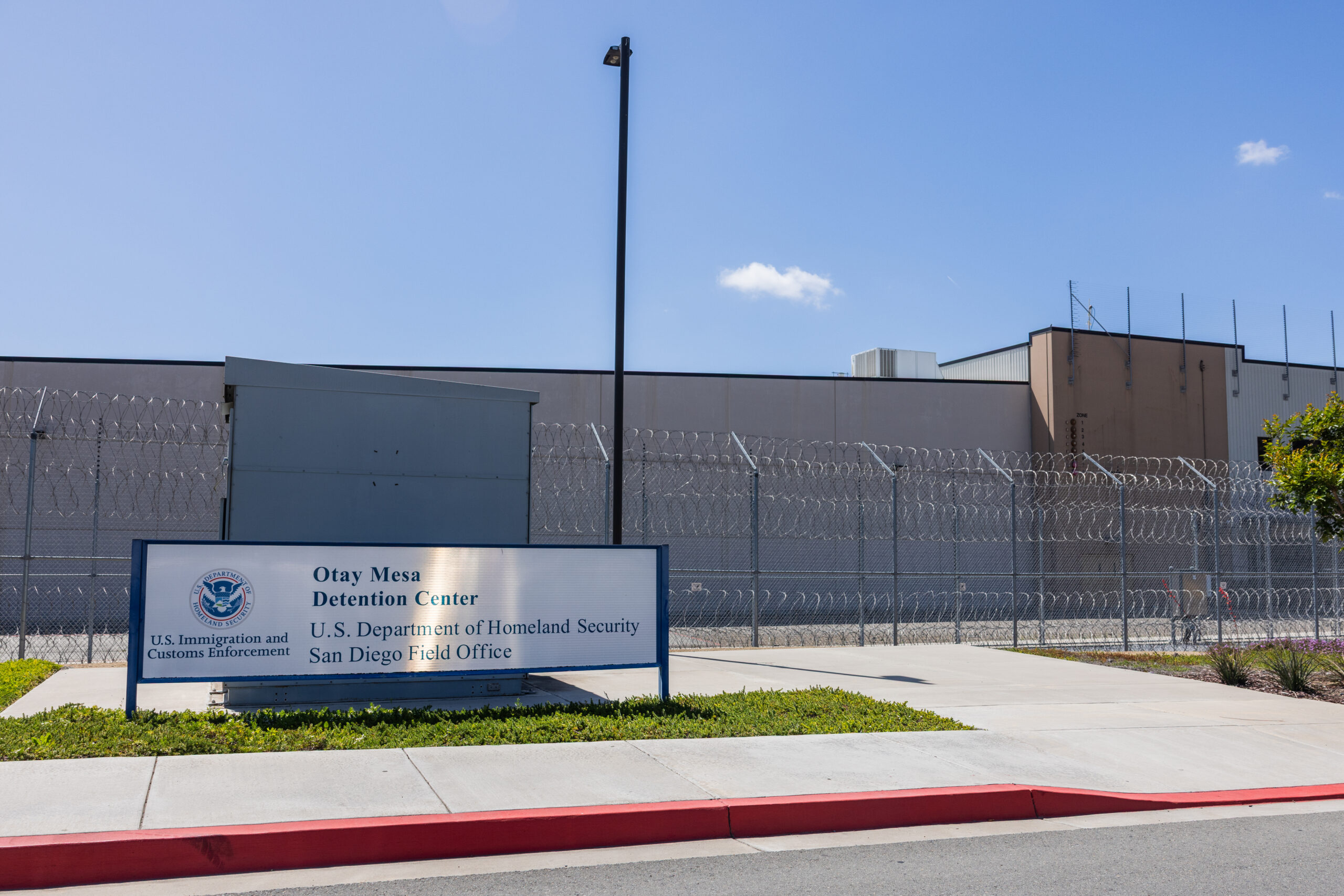
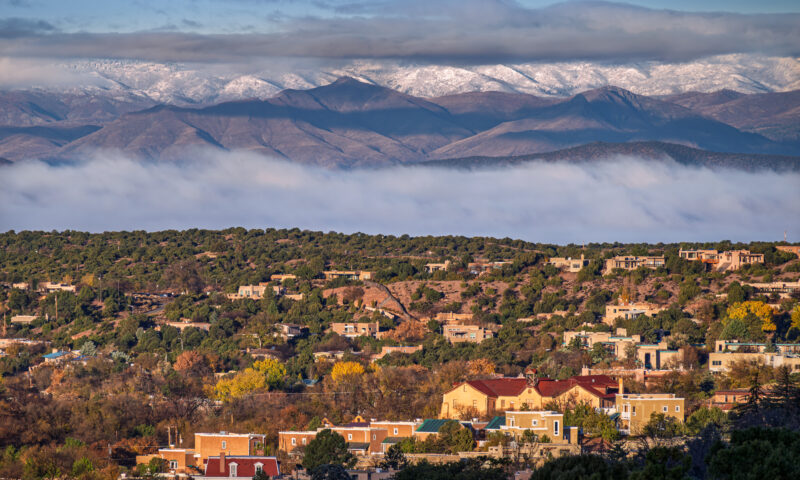
 Column - State of InequalityNovember 28, 2025
Column - State of InequalityNovember 28, 2025
 Striking BackDecember 4, 2025
Striking BackDecember 4, 2025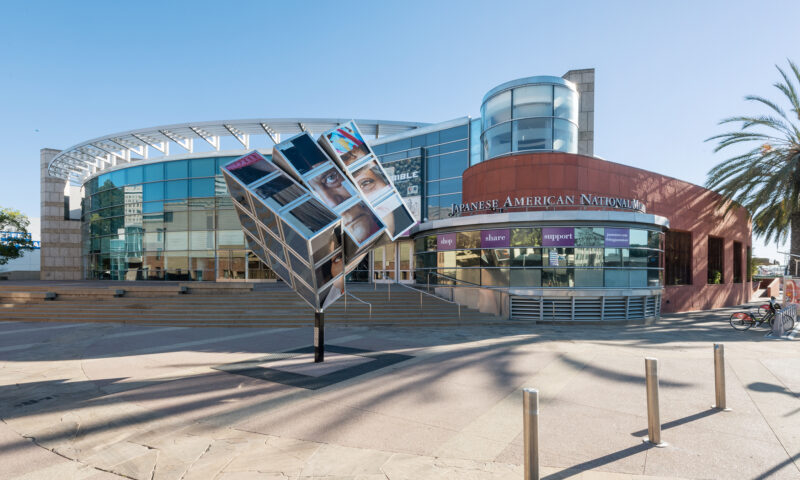
 Latest NewsDecember 8, 2025
Latest NewsDecember 8, 2025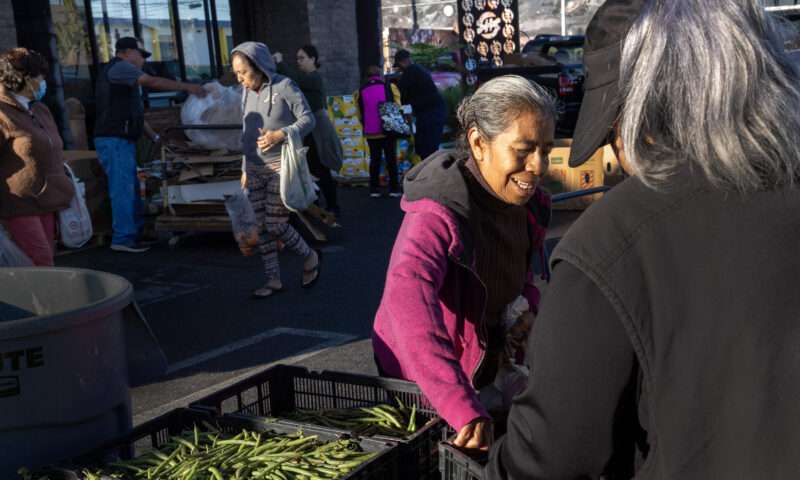
 Latest NewsNovember 26, 2025
Latest NewsNovember 26, 2025
 The SlickDecember 2, 2025
The SlickDecember 2, 2025
 Latest NewsDecember 1, 2025
Latest NewsDecember 1, 2025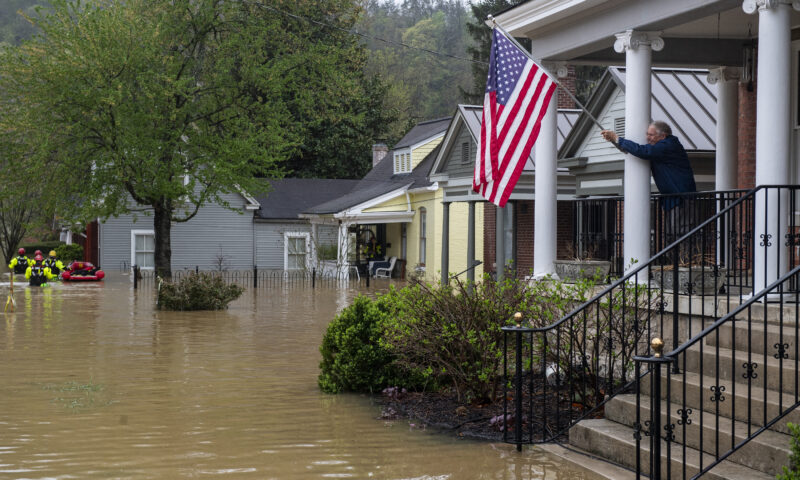
 Dirty MoneyDecember 3, 2025
Dirty MoneyDecember 3, 2025
 Child FarmworkersDecember 5, 2025
Child FarmworkersDecember 5, 2025

